Do you know about Onathar and Kutti Theyyam?
Theyyam – A traditional performing art, closely linked with Malabar (north Kerala) with a mythic touch along with Hindu traditions and customs. I have already added a detailed post of Theyyam and its different forms. Read it here. In this column, I shall deal with Kutti Theyyam (Karkidaka Theyyam) conducted during August-September in the monsoon season just before Onam.
“Pandu Mahabaliyennu Perai
Undayi Pandoru Daanavendran……..”
Traditions have changed a lot in the post-independent era, and many customs have already diminished while a few others in the fading stage. Yet there are a few customs and art pieces associated with cultural Kerala, which have stayed as purists in the test of time, not given into Western influences or urban culture. Theyyam is one such performing art of Kerala, whose colours or fragrance have not changed a little bit, and blessed are we people to become a part of it. When Kutti Theyyams visit our home, with Thottampattu in their lips, and accompanied by a percussionist in Chenda, it’s just the beginning of a new season.
Onathaar – During Onam season
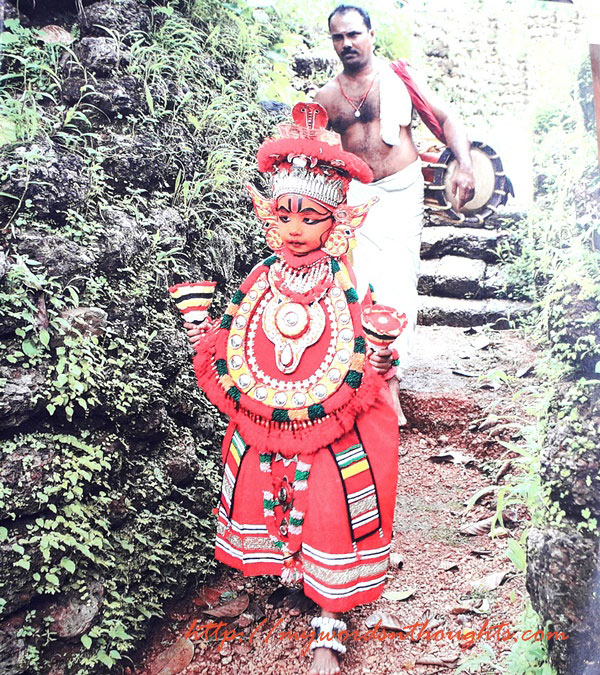
A child as Onathar during Onam season
Through the paths woven by time, small kids are placing their tiny feet and it’s a common scene in the remote villages of North Kerala just before Onam. It’s not only for Karkidakam month, but also for Thiruvonam season, Kutti Theyyams known as Onathar visit each and every home of their locality, and give blessings to its mates. They usually arrive on Uthradam and Thiruvonam day in the Malayalam month of Chingam. They appear in vibrant red silk costume, with heavy face makeup and kohl eyes and also wear a crown. It’s believed that Onathar is Mahabali himself, who arrives Kerala to accept festivity and welcoming of his beloved subjects. Onathaar sings songs related to Mahabali and his wisdom throughout their journey, from home to home. It is performed by kids of age range 6-14, and hence known as Kutti Theyyam.
When Onathar blesses the members of the family, it brings them prosperity, wealth and good health. Each home receive him with great pleasure and devotion towards Bali, and gives him rice, money and other things as offerings. Now also in rural areas of Payyannur and Kanjangatta, we can see young kids impatiently waiting for their Onathar in the local streets and paths while adults nourish their nostalgic memories of childhood yesterdays.
Kutti Theyyam conducted in Karkidakam month
This theyyam is conducted in monsoon season, during the holy month of Karkidakam, and is believed to end the miseries and bad omens of this month. When normal theyyams are performed during festival season of February-April, Kutti Theyyam (Karkidaka Theyyam) is conducted during August-September. Kutti Theyyam is also known as ‘Aadi Vedan’, and performed by younger people. Aadi means Karkidakam month, and the performers visit all the homes of the locality along with Chenda performer. Just before Onam season commences, you can see kids with Theyyam costumes in Malabar region, marking the beginning of a new season.
There is slight difference in performance dates based on locality, and temple deities belonging to that area. In areas such as Muliyaar, Mulloria, Mallam, Cherkala and Karadukka in the northern side of Chandrapuzha river, Karkidaka Theyyam is conducted on Karkidakam 1st. In the premises of Nettanige Mahalinga Temple, Kutti Theyyam is conducted after Karkidakam 10, and on the other size of the river on the southern side, Theyyam starts on 16th.
Rituals associated with Karkidaka Theyyam
Younger generation people of the community (usually between the age range of 6 and 14) perform this Theyyam always. After makeup, the group starts early at 6.30 am, visits homes of the locality and returns in the evening. As per customs, they should remove makeup and costumes before sunset. They get small income and offerings which they get from family, and it includes money, rice, paddy, vegetables etc. When a Theyyam group reaches a locality, they begin Chendamelam at a sacred grove, temple or any such place of divinity before moving to houses. Just before the group arrives home, a lamp will be lighted in the pooja room by any member of the family. The group first seeks permission before performance. When the Theyyam figures complete performance, senior-most lady reaches there with a plate and lighted incense sticks (or lamp or Chirad), and some items will be placed in the plate. This offering is called Gurisi, and it’s different for three theyyams (described below).
Usually any one of the three theyyam reach homes – Lord Siva (Adivedan Theyyam performed by Malayar community), Parvati (Vedathi Theyyam performed by Vannaan community) and Arjuna (Galinchan Theyyam performed by Koppala community), the mythological characters. For Malayar community theyyam, Bhasma (holy ash) is mixed with pure water and offered as Gurusi, for Vannaan community, it’s a paste of turmeric powder and lime, and for Malayar community, charcoal from hearth is mixed with water and offered. The plate with its contents and incense sticks are performed ‘Aarti’ three times towards north direction, and it’s believed that all the bad omens, diseases, sorrows and miseries are gone once the rituals are completed.
Myth behind Karkidaka Theyyam
The origin of this Theyyam is related to a story of Mahabharata. When Arjuna prayed to Lord for Pasupatha weapon, to test him, Lord arrives there and brings hindrance to his Tapasya. Arjuna turns angry and fights with Siva who is in disguise as a Vedan. Lord Parvathy helps Siva in the form of a tribal woman (Vedathi) and they win it over Arjuna. Arjuna calls Krishna for his help, who tells him the truth. Arjuna gives away his ego and pride and Siva blesses him with Pasupada.
The closing ceremony of Kutti Theyyam called ‘Mudiyazhikkal’ is performed in a grand way, and still traditionally followed for many centuries. It’s conducted at month end on Karkidaka Sankramam day. In Malaya community, last performance is done at the home of the performer. Later a few items such as rice corns, rice, chillies, fruits etc are placed in a sieve and 16 lamps will be lighted. 16 jackfruit leaves, rice appam and appam made from mud are also placed. All these items are placed beneath a Kanjiram tree (Quaker button), and with prayers, performer takes off his Theyyam costume – ‘Mudi’. In some western regions, on Karkidaka Sankramam day, the person who wears Theyyakolam goes to sea, sinks in water and comes back. It’s believed that after this bath, bad omens originated from remote rural villages in the Karkidakom month will be washed off.
Thottam Paattu – The song which accompanies every Theyyam
Each type of theyyam has its own story, and myths related to it. Legends and story of origin of different varieties of theyyam have been passed over to next generation as folklore, mostly as Vaaymozhi (not written scripts). Songs of theyyam are known as Thottam Paattu, Paattu means song. Thottam is the ritual in which the songs are recited, and apart from Malayalam, Kannada and Tulu languages are also used which blend local flavours and dialects.
Read more about rituals and customs related to Kerala culture. Here is the page link. Click on the images to read:


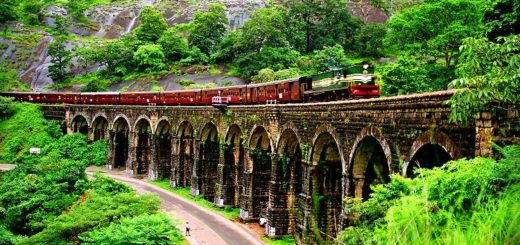
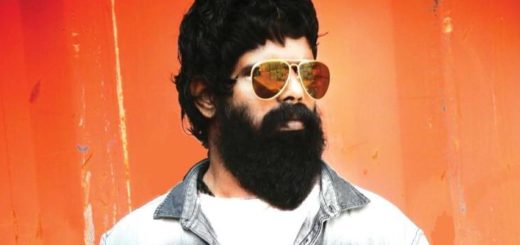
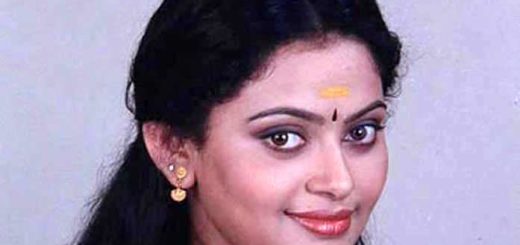

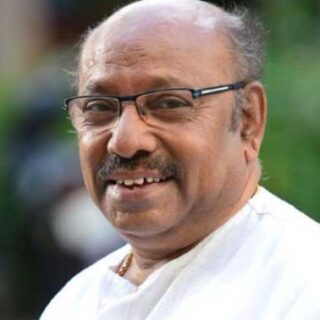

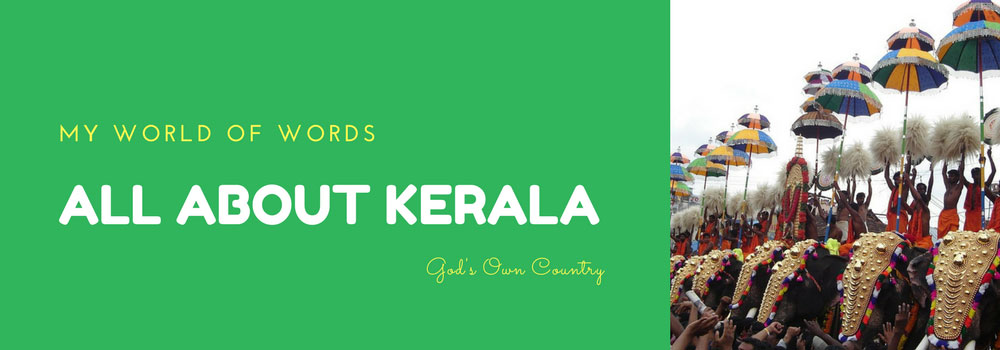
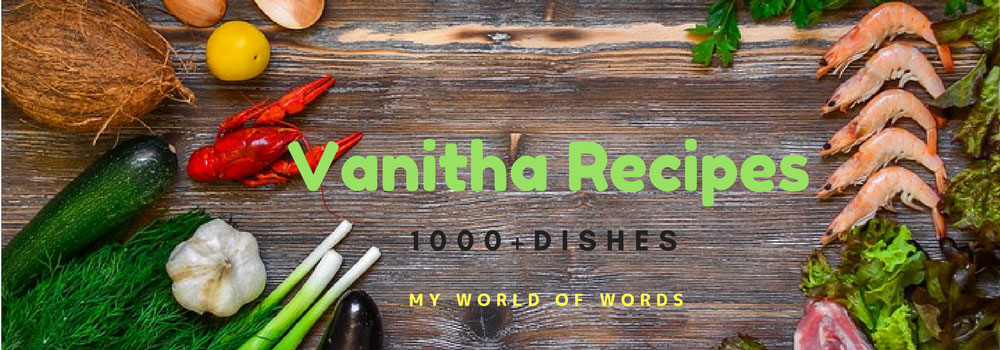
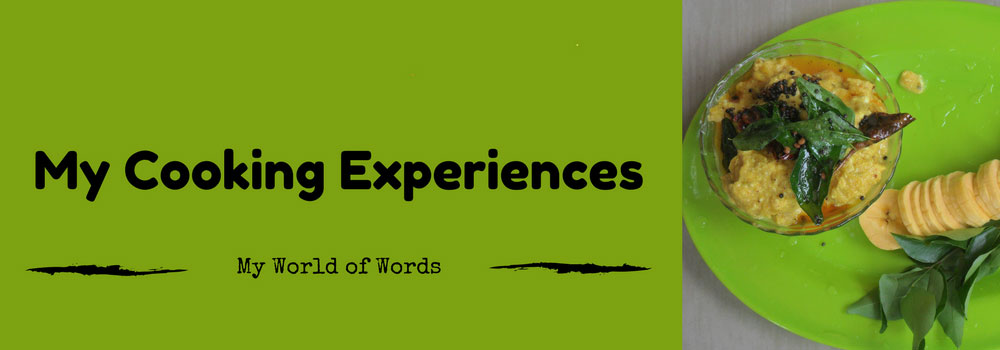


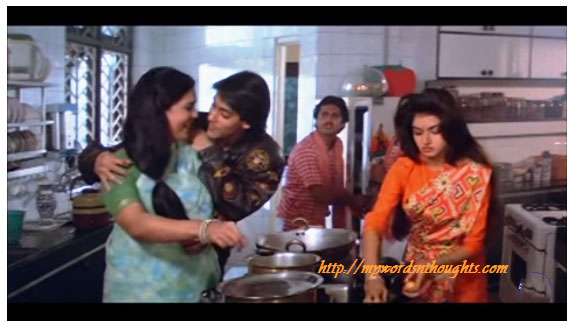

Recent Comments